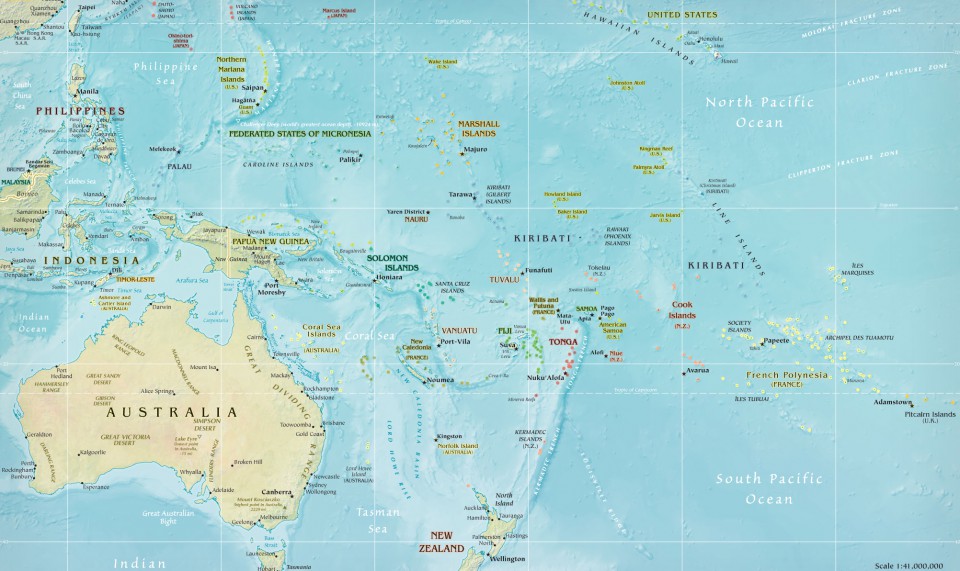During our British sojourn in September 2019 we trecked from Durham to Carlisle to visit the cathedral there. Carlisle Cathedral, is the seat of the Anglican Bishop of Cumbria. Wikipedia tells me it was founded as an Augustin priory and became a cathedral in 1133. It is also the second smallest cathedral in the British Isles and renowned for its ancient stone choir and for its vaulted blue ceiling.

Our guides there have told us two stories about this deep blue ceiling. The first is that it is a restoration of the Cathedral’s medieval ceiling. The second is that it is a Victorian decoration. We await the true story.
Cathedrals are important. A journey along their walls, floors and rooms tell us about the people who lived in the city in times past. It is about displays of family wealth and power, as well as grief, loss, and the community. Middle class Britain was built, for some, on eighteenth century slavery, or the monies realised with emancipation. The Church, particularly, the Anglican Church, was its expression. The Anglican Church was also a centre of Missionary activity at home and abroad.
It is probably not the done thing to climb up onto the lectern from where the minister preaches. But there was no apparent barrier. It seemed OK. The result was my letter to the Bishop and a reply from the Dean of the Cathedral.
My letter:
30 May 2020
Dear Lord Bishop
I visited Carlisle Cathedral during September 2019… my second visit from Australia, and a return visit after discovering the Cathedral in 2018….I am interested in the way the Church represents itself to the people and is also an expression of contemporary culture.
During my visit to the cathedral last year I chanced to clamber up to the lectern from which the minister preaches. Upon this was a document, an account of the Britishers marvelous defeat of a rebellious African tribe during the nineteenth century. It was good British imperial stuff… extolling the virtues of the British Empire and all that.
Historiography has moved on. Historians today are immersed in the darker side of Empire. They are thinking about and exploring the appropriation of land and culture of indigenous people. They want to understand what the African, and indeed, indigenous people, were fighting for. And they are finding that the experience of invasion and objections to it to be valid concerns.
The document on your lectern in 2019 is of historical value for its triumphalist story of empire. We need to know that this is what people of the Empire actually thought to be the truth. And we need to examine why this was so. Imperialism and colonialism are complex issues. Indeed for as many triumphalist stories of Britain’s place in the world as there are, including the one on your lectern, there are many documents querying these stories if not the the basis upon which Empire was built.
I suggest that the document on your lectern needs to remain but to be placed alongside a more critical, if not revisionist, account of the very destructive activities of missionaries and others in places like Africa and India. My fear is that by not doing so the members of the Cathedral will show themselves to be locked in the past, and maintaining the nineteenth century/ early twentieth century phantasy that all is right with the world as long it is British – and white.
I leave this for your consideration and look forward to your reply”.
The Dean of Carlisle Cathedral replied on 18th June 2020.
Here is the text.
“Your email to the Bishop of Carlisle has been forwarded to me as the person responsible for Carlisle Cathedral. I am very grateful to you for writing as you have done. I am glad you climbed into the lectern and took time to read the notice that customarily rests there.
I have made enquiries. I understand that the text on display is the one received and put in place here when the lectern was lent to the Cathedral by Ivegill parish in 2003. It has not been reviewed since –not least, perhaps, because when the clergy mount the steps of the lectern to read a lesson at one of our services, a full size bible is in place that covers the paper with the notice on it.Your letter reaches me at a very timely moment. Across this nation, and much more widely, an important debate is running which shows us how important it is, as you suggest, to continue to interrogate the way the past is understood and interpreted.
Your helpful comments ensure that we will think again about this and any notice we have on display and how it might be interpreted. The Cathedral Chapter does not want to be thought to be locked in the past or to maintain a view of imperialism and colonialism which many used to hold as you set out in your email. I shall have time do this work before the Cathedral opens to the public again after the restrictions we have been observing during the Corona virus pandemic”.
Good for them!!

